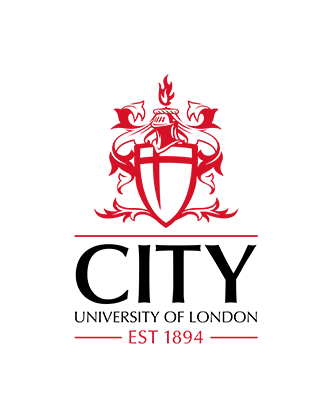The effects of vorticity and turbulence on the wave-induced drift of bluff bodies in numerical simulations
Xiao, Q., Yan, S.  ORCID: 0000-0001-8968-6616, Adcock, T. A. A. & van den Bremer, T. S. (2025).
The effects of vorticity and turbulence on the wave-induced drift of bluff bodies in numerical simulations.
Applied Ocean Research, 161,
article number 104645.
doi: 10.1016/j.apor.2025.104645
ORCID: 0000-0001-8968-6616, Adcock, T. A. A. & van den Bremer, T. S. (2025).
The effects of vorticity and turbulence on the wave-induced drift of bluff bodies in numerical simulations.
Applied Ocean Research, 161,
article number 104645.
doi: 10.1016/j.apor.2025.104645
Abstract
Under the influence of surface gravity waves, a floating object experiences a drift in addition to its oscillatory motion. Due to its inertia, both the object's oscillatory motion and its drift will experience a deviation from that of a fluid particle, with the drift of the object typically exceeding the Stokes drift of a fluid particle. This study uses two-dimensional numerical simulations to examine the drift of floating objects in unidirectional, regular, deep-water waves. We investigate the effects of vorticity and turbulence induced by different object shapes. We consider two corner shapes: sharp and round. We investigate object sizes ranging from 1% to 10% of the wavelength. Three types of (two-dimensional) numerical simulations are performed to explore the roles played by viscosity and turbulence: simulations based on the Reynolds-Averaged Navier–Stokes equations (RANS), viscid simulations using the Navier–Stokes equations, and inviscid simulations solving the Euler equations. Objects smaller than 4% of the wavelength are predicted to have a drift equal to the Stokes drift for both corner shapes. As size increases, objects with sharp corners exhibit greater drift enhancement compared to round-cornered objects of equivalent size (compared to the Stokes drift, we report a 454% increase for a sharp-cornered box and a 134% increase for a round-cornered box, both with an object size of 10% of the wavelength). In addition to differences in diffraction patterns and phase differences in the linear motion between objects with two different shapes, a new mechanism for drift enhancement, which is caused by the vorticity generated by the sharp corners, has been identified. The vorticity that arises due to the sharp corners is asymmetrically distributed between the two sides of the object, leading to a non-symmetric dynamic pressure field and, thereby, mean horizontal forces in the direction of wave propagation. The influence of viscosity and turbulence on drift is explored. Viscosity is found to play a dual role. On the one hand, it induces a phase difference in the linear motion and thus increases the drift. On the other hand, viscosity reduces vorticity and thereby decreases the drift enhancement. Finally, we define an unsteadiness ratio of object drift to examine the effect of non-zero acceleration, revealing a correlation between unsteadiness and drift enhancement.
| Publication Type: | Article |
|---|---|
| Additional Information: | This is an open access article distributed under the terms of the Creative Commons CC-BY license, which permits unrestricted use, distribution, and reproduction in any medium, provided the original work is properly cited. |
| Publisher Keywords: | Enhanced drift, Wave-induced drift, Vorticity, Bluff bodies |
| Subjects: | T Technology > TA Engineering (General). Civil engineering (General) |
| Departments: | School of Science & Technology School of Science & Technology > Department of Engineering |
| SWORD Depositor: |
Available under License Creative Commons Attribution.
Download (6MB) | Preview
Export
Downloads
Downloads per month over past year


 Metadata
Metadata Metadata
Metadata